I am ready and impatient. My older sisters are taking their time getting ready. It’s starting to get dark – the in-between time in the tropics where dusk is almost non-existent and the sunlight is banished by darkness in a matter of half an hour. I can’t wait to head out and mingle with the masses of people who will be on the roads doing the same thing we are doing: going to “see Vesak”. I am rearing to go and cannot understand why everyone else isn’t rushing around getting ready.
In a multicultural society where all religions and religious festivals are given importance, Buddhism1, as the religion of the majority of Sri Lankans, holds a unique and privileged place. Vesak is one of the most important festivals in the Buddhist calendar, commemorating the birth, enlightenment and death of Siddharta Gautama, also known as the Buddha.2 Going to ‘see Vesak’ was a highlight of my childhood. Young and old, rich and poor took to the streets to partake in the festivities.
When we set off, darkness is already washing over everything. We walk, taking in the sights and sounds of the festival. As we make our way up the narrow lane down which we live, we pass the gardens of some of the poorer families, where homemade lanterns are strung between coconut trees. The lanterns are beautifully crafted with bamboo and coloured tissue paper, with tassels on all sides. Some of the poorest homes have small clay oil lamps on their doorstep and sometimes gardens.
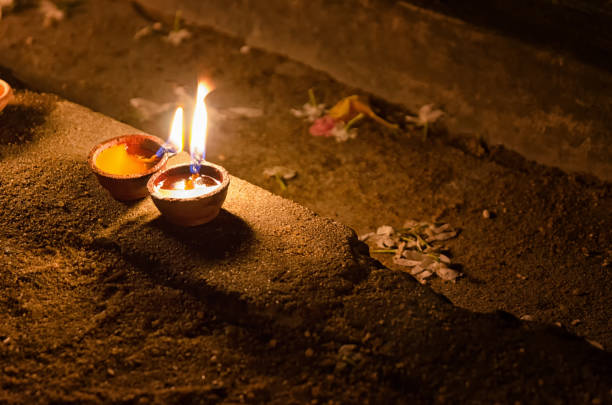
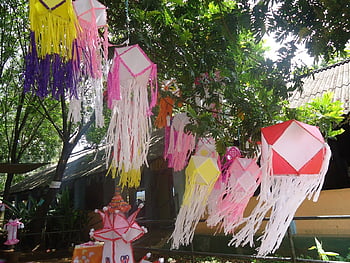
We exit our street and progress to the major roads. Hoards of people clog the pavements, making progress very slow. We walk past several ‘dansals’. Another very important feature of Vesak, dansals are stalls offering food and drink free to anyone who wants to partake. This article by Kalakeerthi Dr Edwin Ariyadasa describes the origins of dansals and their unique place in Sri Lankan society. Our mother has warned us sternly of the perils of eating or drinking anything offered at a dansal. She used some of the age-old methods of parents trying to protect their children from harm, by telling us of the unhealthy practices used in the preparation of food and the risk of getting sick was so high that we bypassed every dansal. I remember feeling guilty about avoiding people who appear to be kind and generous.
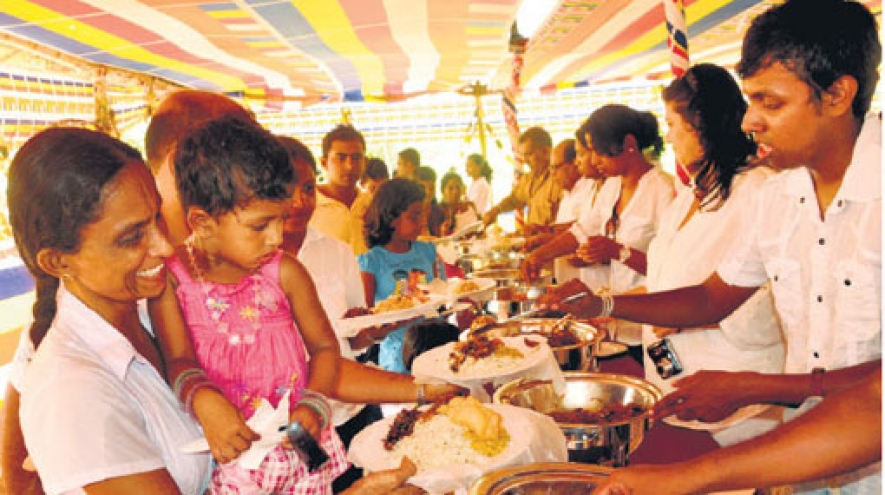
Equally important to Vesak sightseeing but my least favourite, are the ‘natakas’. Large stages are usually set up in central locations in the City, on which actors dressed in costumes and masks perform a play. The nataka is believed to have originated in India. Merriam-Webster Dictionary describes nataka as “the heroic comedy that is the chief of the ten main types of the drama in India”. The histrionics are too much for me. We never linger more than a few minutes at the nataka sites.
Pandals3 are another important part of the festivities, spectacular in their size and scope, with scenes depicting important aspects of the Buddha’s life, and lighting that was mesmerising. I can stand in front of a pandal and lose myself in its splendour. This YouTube video depicts modern-day pandols, and apart from some of the more fancy lighting techniques, they are not much different from what I experienced as a child: https://www.youtube.com/watch?v=Y3U78IiUizY
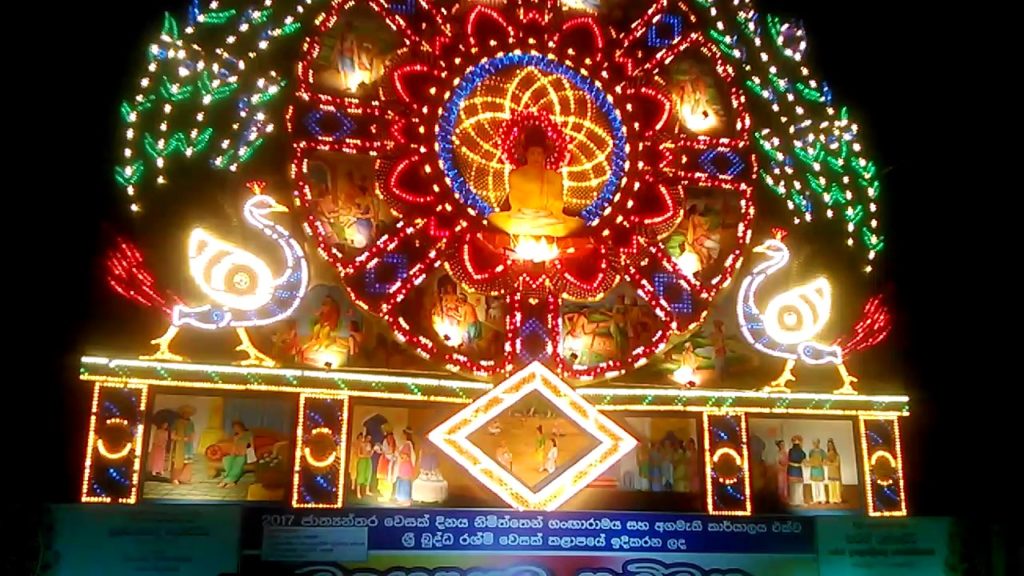
The absolute highlight of Vesak for me are the kudus (pronounced koo-du). Lanterns of every size, shape and hue are everywhere, but the most spectacular are the massive structures set up within temple compounds. People line up, sometimes for hours, to view these amazing works of art that have taken dedicated devotees weeks and even months to create. The size and scope of these are only matched by the intricacy and detail in each lantern.
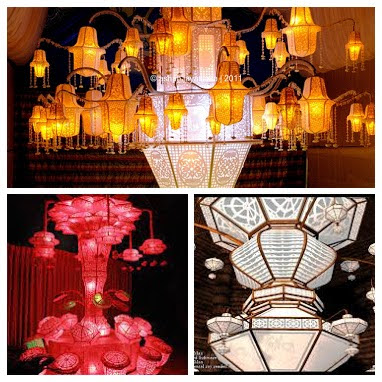
One year I remember well, my oldest sister is 8 months pregnant with her second child. We walk for hours, unable to find transport to get home. Buses are crowded with people hanging off the footboard and squashed inside. We are all concerned for my sister. We worry she will go into labour from all the walking and being swept along with the crowd, squashed and bumped from time to time. Sweat trickles down my neck and into my dress. Sometime in the night, the crowd clears a bit and we are able to stop a taxi and we all climb in, exhausted. As the taxi makes its way slowly I look out at the masses of people and the colours and lights. Little do I realise that there will be nothing in my life in the future that equates to what I witness each year during Vesak.
I have no doubt that in the many years since I last lived in Sri Lanka Vesak celebrations have evolved with the march of time. But I am sure that the spirit of the festival and the time and effort that goes into celebrating it will not change.
1 Buddhism is one of the world’s largest religions and originated 2,500 years ago in India. Buddhists believe that human life is one of suffering and that meditation, spiritual and physical labour, and good behaviour are the ways to achieve enlightenment, or nirvana. Buddhism is the religion of 70 per cent of the Sri Lankan population and Buddhist temples and shrines dot the landscape, except in the north and northeast areas where a predominantly Tamil population are either Hindu or Christian. The full-moon day each month, known as Poya Day is a religious day of significance in the monthly Buddhist calendar and is observed through prayer and visits to temple by practising Buddhists. It is a public holiday. Poya Day in May is Vesak Day.
2 Siddhartha is believed to have been a prince born into a wealthy family in what is now called Nepal in the 5th Century BC. It’s believed that Siddhartha Gautama realised that wealth and luxury did not guarantee happiness. He travelled as a homeless holy man to learn more about the world and saw the suffering in the world. It’s believed that after six years of studying and meditation on his travels, he became spiritually aware and reached his goal of finding meaning in life. This is called enlightenment. At this time, he became the Buddha and spent the rest of his life teaching his followers. Buddha is a title, rather than a name, which means the enlightened or awakened one. (from BBC article ‘What is Vesak?‘)
3 What is a pandol? Macmillan Dictionary describes it as a decoration or display made out of lights. Pandols were several metres tall and displayed a variety of pictures, usually depicting the Buddha’s life, framed by lights.

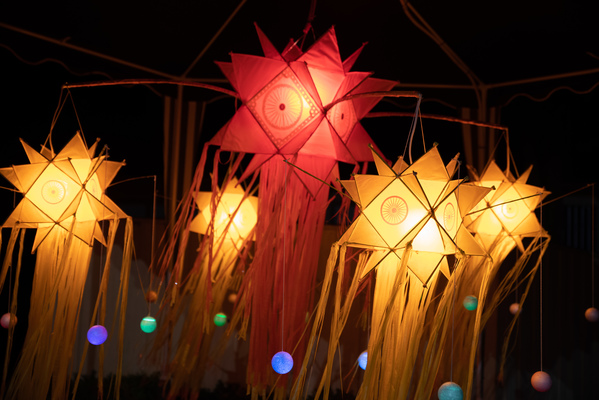
This article is very interesting and informative! The website
is a great source of useful information.